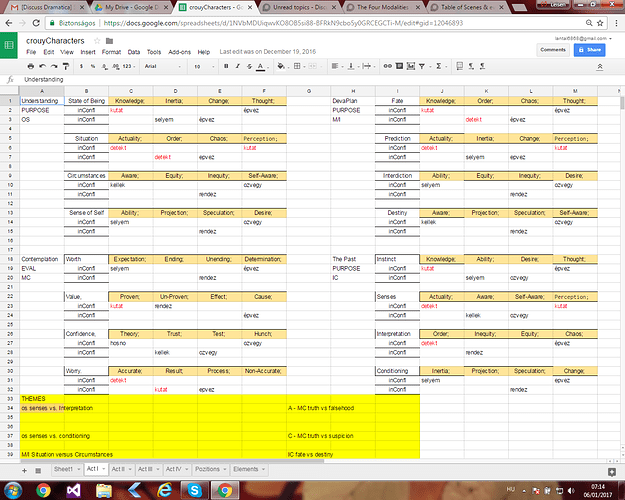I’ve been watching the scene creation articles roll out from the sidelines, a little hesitant to dive in and engage…but I caught this nugget from your latest blog post:
This is where paradgims of scene construction that look simply at the
wants and needs of characters fall short for many Authors. Butting one
character’s wants against the wants of another (A man wants a delicious taco, another won’t let him have it) can lead to a zero charge for that scene. They effectively cancel each other out.
THIS. I was constantly frustrated with the “make two opposite characters and throw them at each other” approach to scene creation at university (and work) because it was irrelevant to actually making interesting scenes.
Might have to dive in soon…



